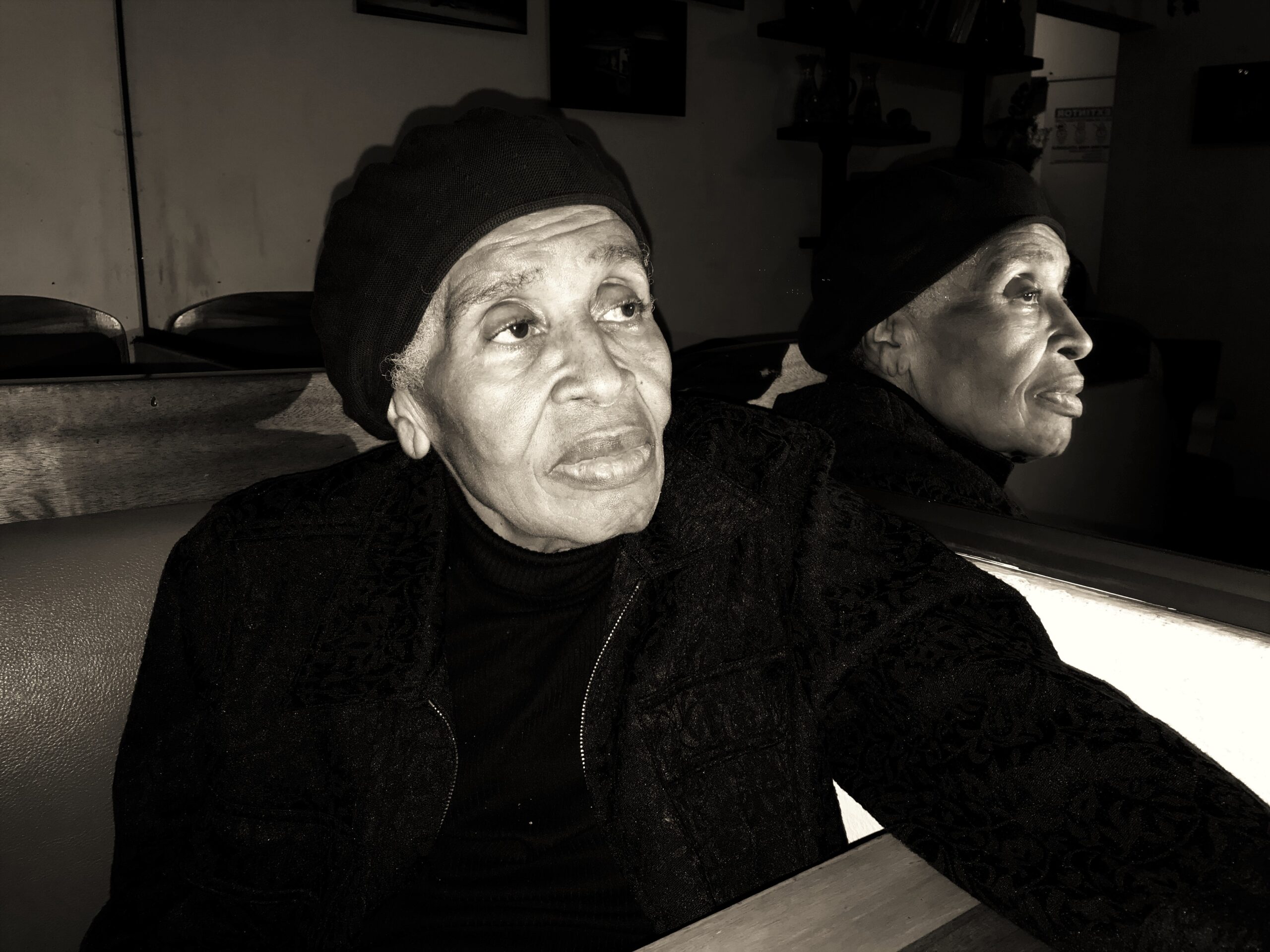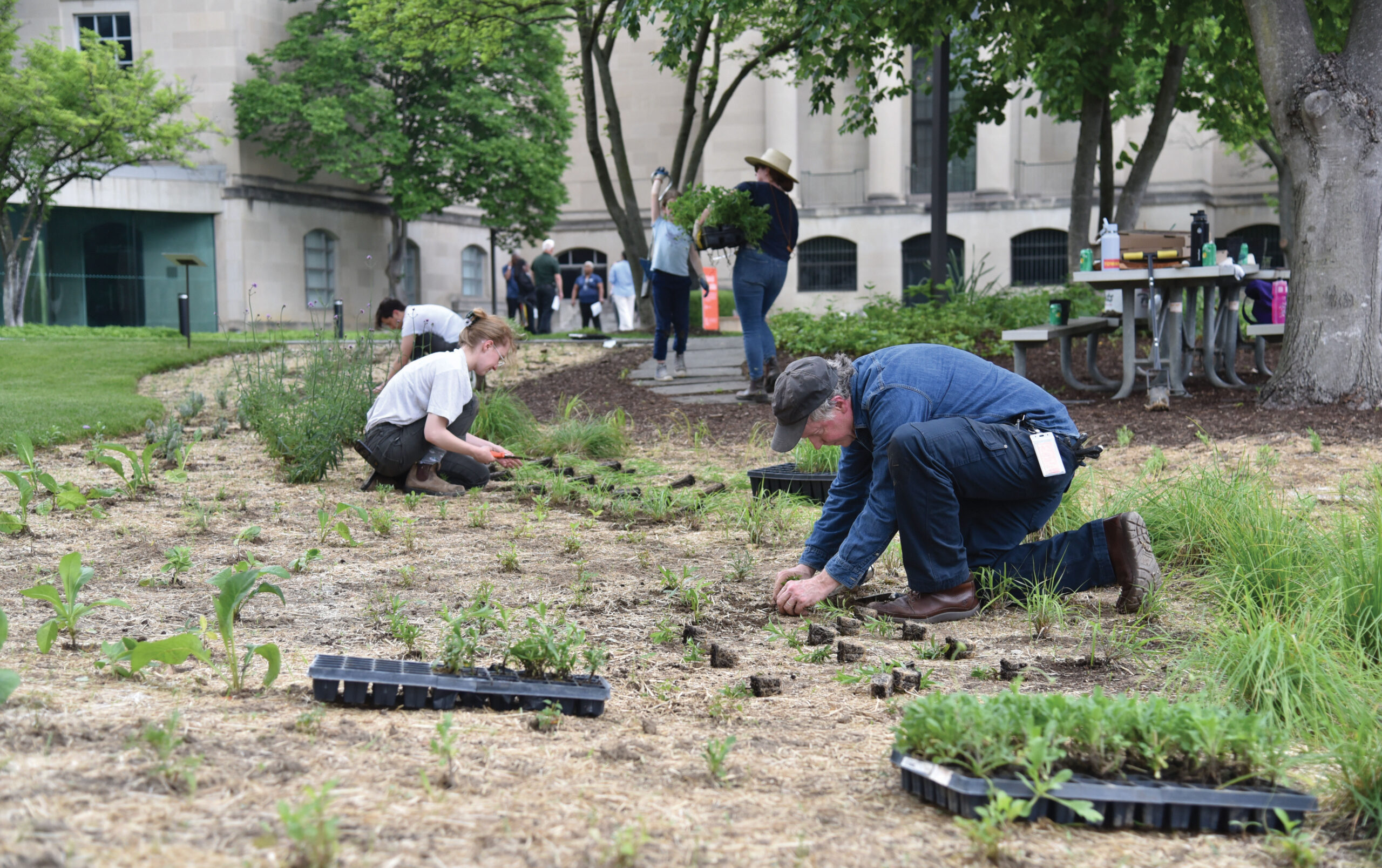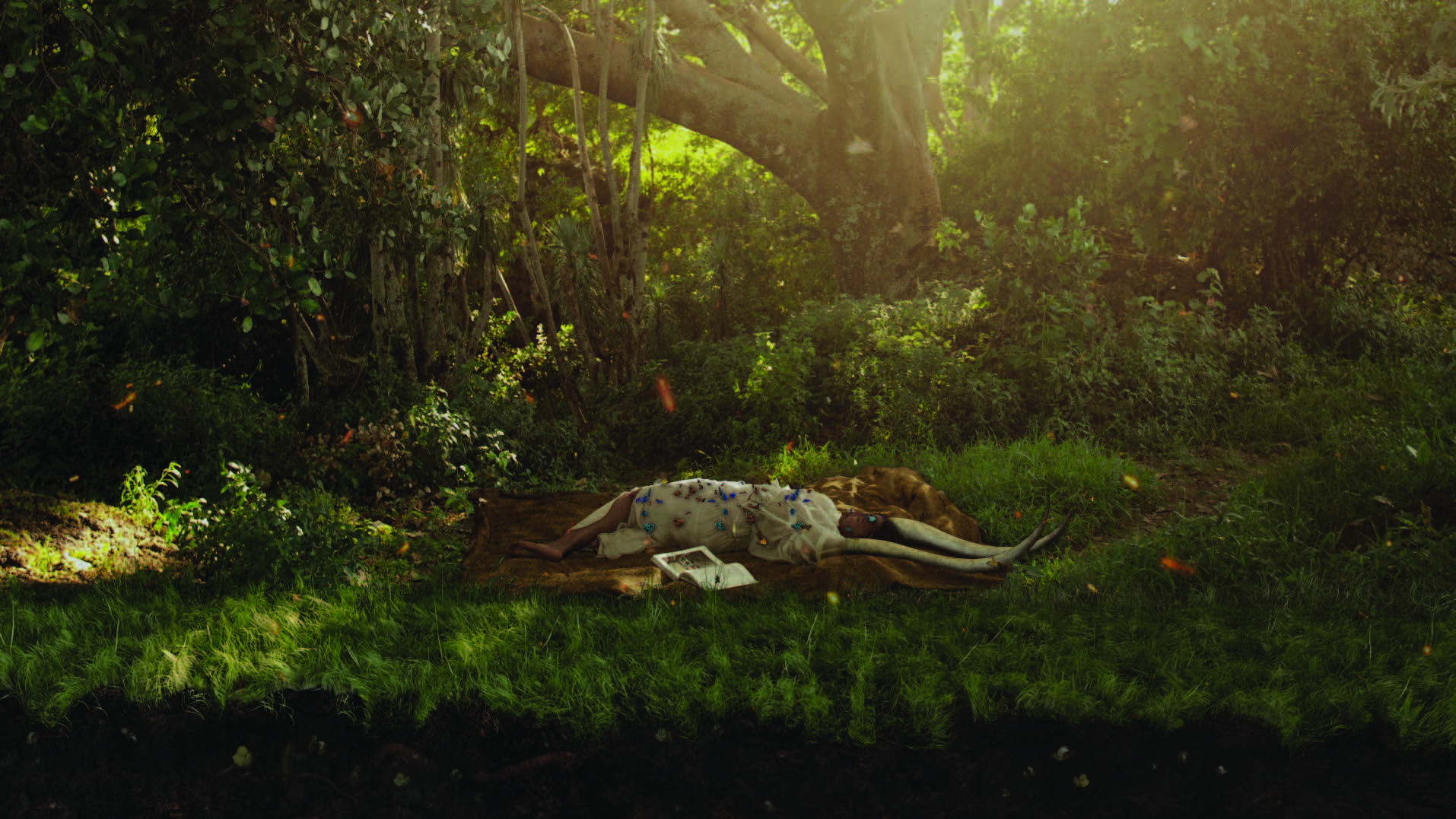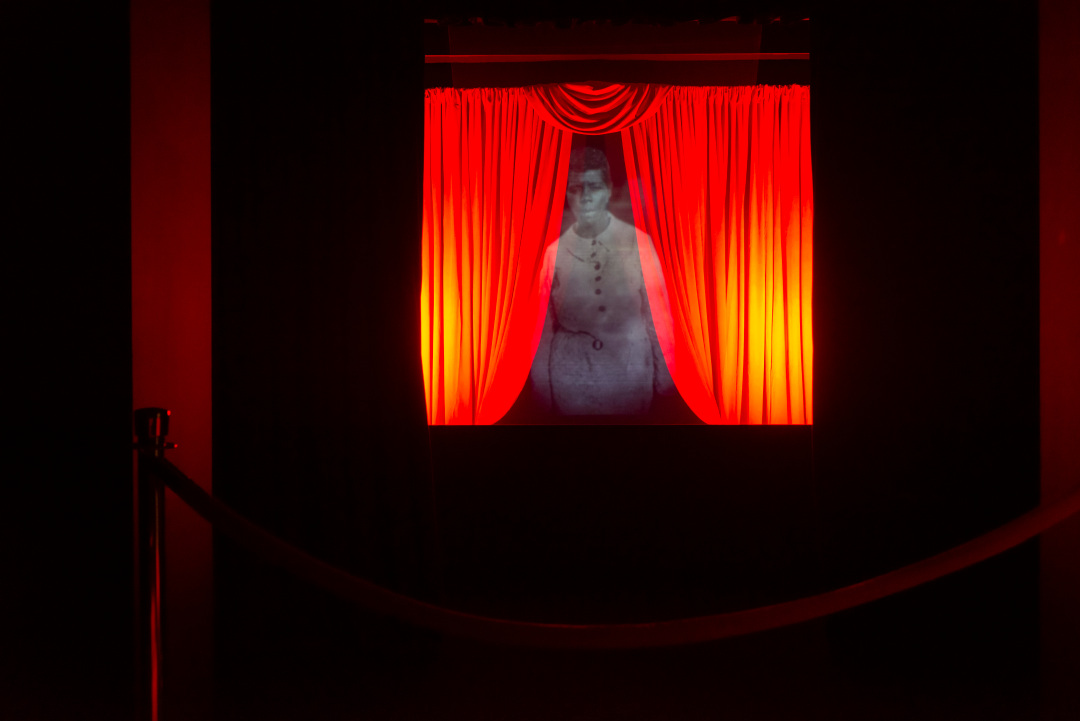
The Great Migration (1915–70) saw more than six million African Americans leave the South for destinations across the United States. Now open at the BMA, A Movement in Every Direction: Legacies of the Great Migration explores how this pivotal period in American history transformed nearly every aspect of Black life and culture through newly commissioned works by twelve acclaimed Black contemporary artists.
The groundbreaking exhibition is accompanied by a two-volume publication published by the BMA, Mississippi Museum of Art (MMA), and Yale University Press. Archival photography, newspaper clippings, maps, book and journal excerpts, and ephemera such as family recipes immerse readers in Black history, the Great Migration, and its legacy. Exhibition photography and thought-provoking essays by top contemporary scholars explore familial ties to the Deep South and how the Great Migration reverberates today.
What follows is an edited excerpt from “Destinations, Returns, and Legacy: Expanding Portals for New Movement” by A Movement in Every Direction co-curators, Jessica Bell Brown, Curator and Department Head of Contemporary Art at the BMA, and Ryan N. Dennis, Chief Curator and Artistic Director of the Center for Art & Public Exchange at the MMA.
A Movement in Every Direction: Legacies of the Great Migration is grounded in a key prompt: “What would happen if today’s leading artists were given the space to think about the lasting impact of the Great Migration in a holistic, expansive, and dynamic way?”
We began our work together on this project by asking ourselves what hasn’t been said about the mass exodus and dispersion of millions of African Americans out of the South into regions in the North, Midwest, and West over the course of the twentieth century. Taking that as a starting point meant reevaluating the usual givens about the Great Migration that on a closer look no longer tell a complete story. Following the lead of the exhibition’s 12 artists—Akea Brionne, Mark Bradford, Zoë Charlton, Larry W. Cook, Torkwase Dyson, Theaster Gates Jr., Allison Janae Hamilton, Leslie Hewitt, Steffani Jemison, Robert Pruitt, Jamea Richmond-Edwards, and Carrie Mae Weems—we could see that the history and legacy of the Great Migration are far more complex than the typically neat and linear recountings suggest.
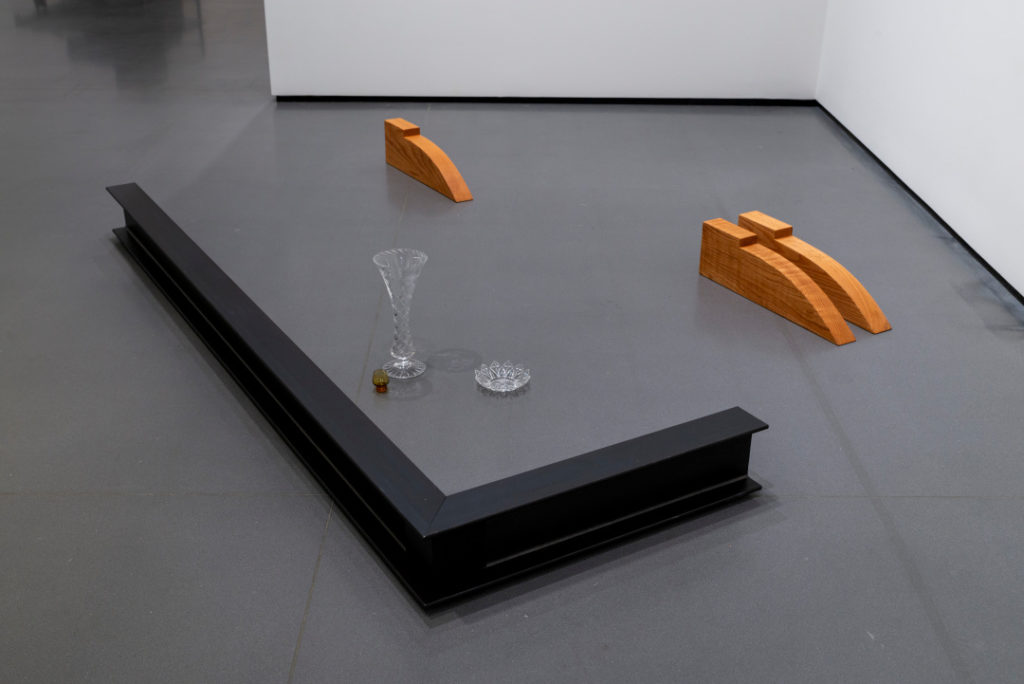
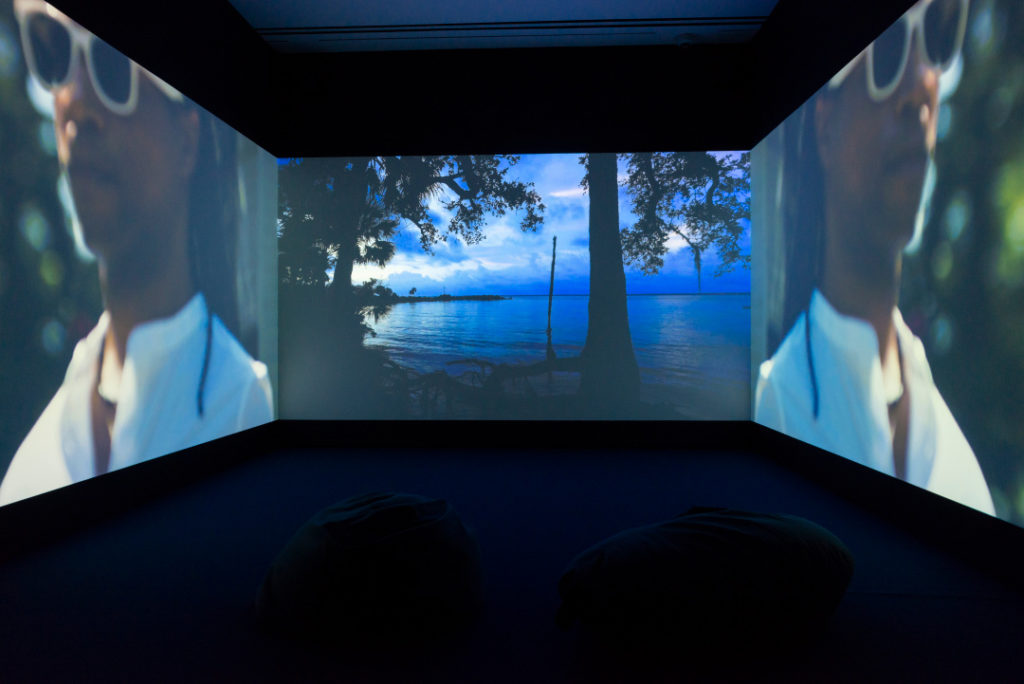

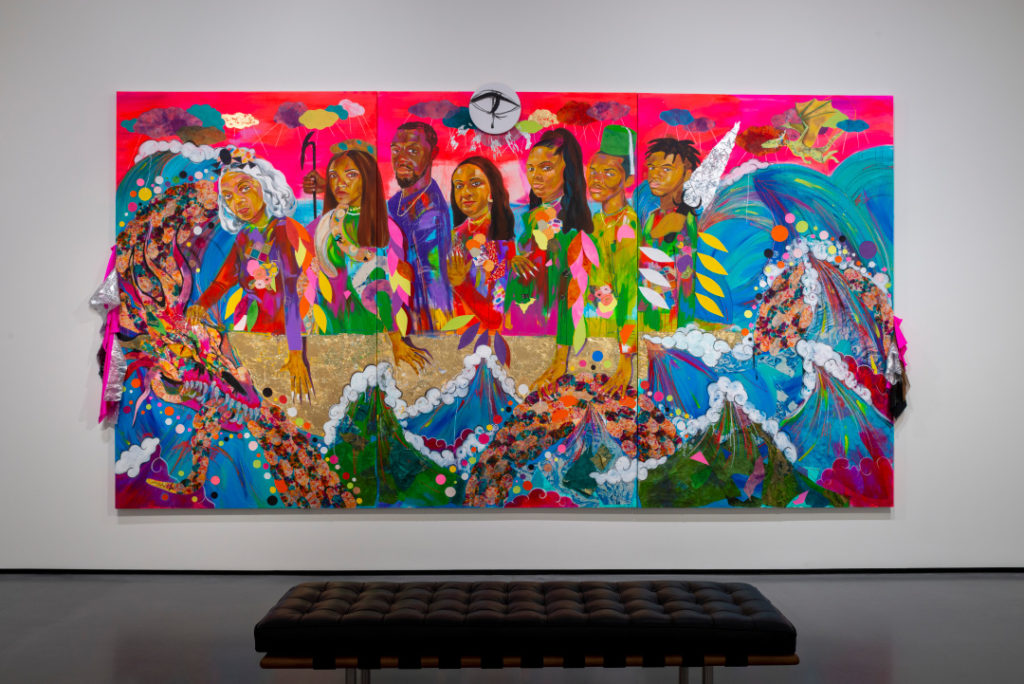
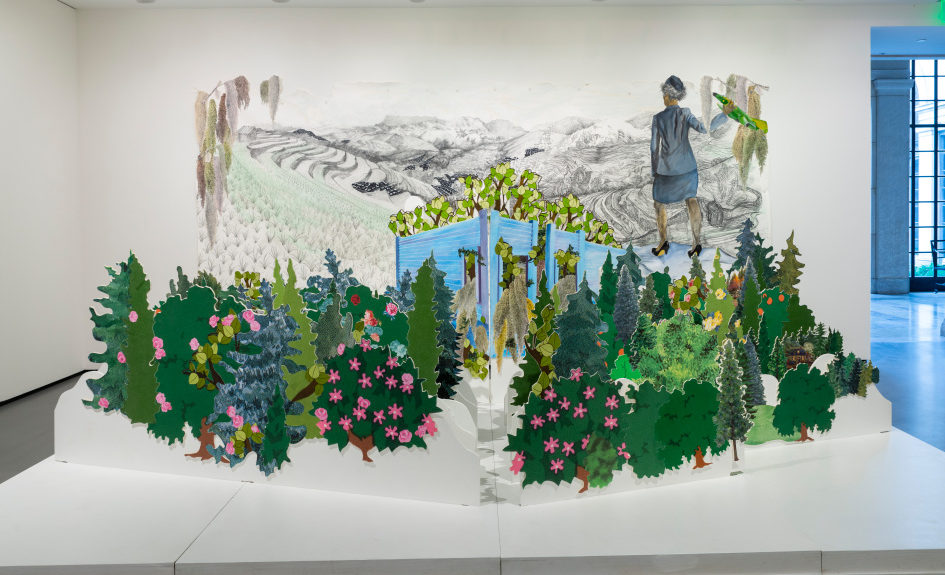
Just as the Great Migration was more than just a steady stream toward Northern cities, the family histories explored in these commissions take us everywhere: To Alabama; to Texas and Louisiana; to North and South Carolina; to the South Side of Chicago and Detroit; to Blackdom, New Mexico. To Mississippi; to Los Angeles; and to South Florida. Even to Okinawa and Vietnam. As a result, A Movement in Every Direction enables us to see people and artists in many ways, connecting us to a historical moment while also showing us that migration continues. Both the exhibition and the accompanying publications aim to hold complex stories and share them in dynamic ways, spanning histories but always connecting to the present.
An important thread throughout this project has been recognizing those who remained in the South and found agency or, at the very least, rootedness in their communities of origin. Wherever Black Americans went or wherever they chose to stay behind, where there are heartbreaking and seemingly relentless and systemic instances of hardship, racial terror, lynching, and Jim Crow apartheid there are also stories of abundance, land ownership, self-possession, and deep ancestral knowing. The vibrant stories of the Great Migration assembled in the exhibition hold space for resilience, self-determination, and transformation in the face of historical trauma and violence. This broader history continually returns to four key movements: refuge, agency, community, and memory and speculation—all themes explored in the work and made manifest in the exhibition.
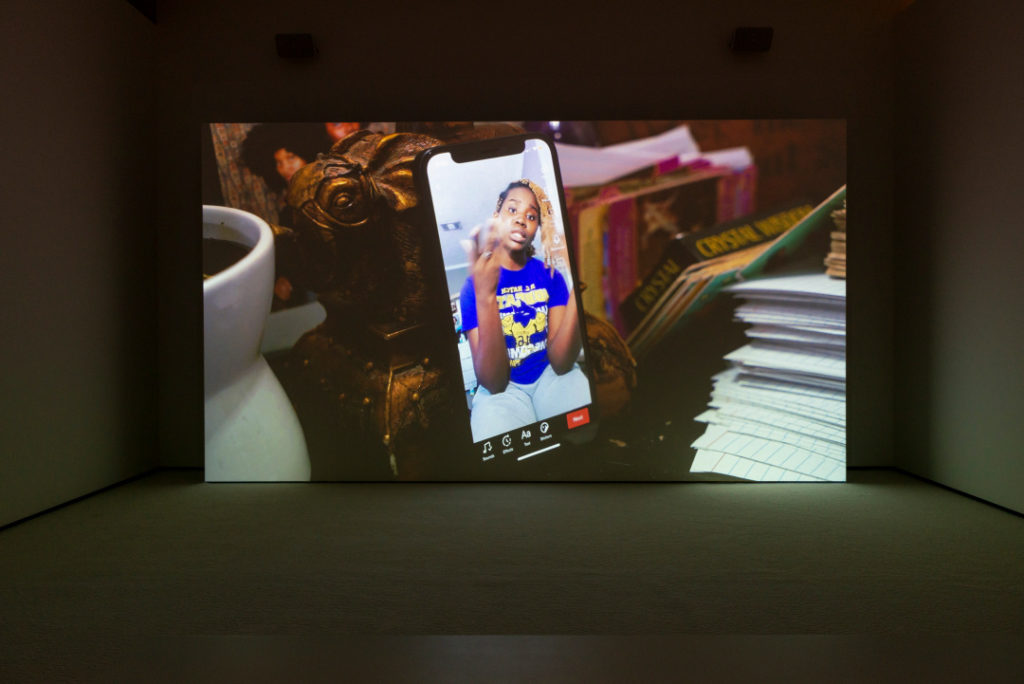
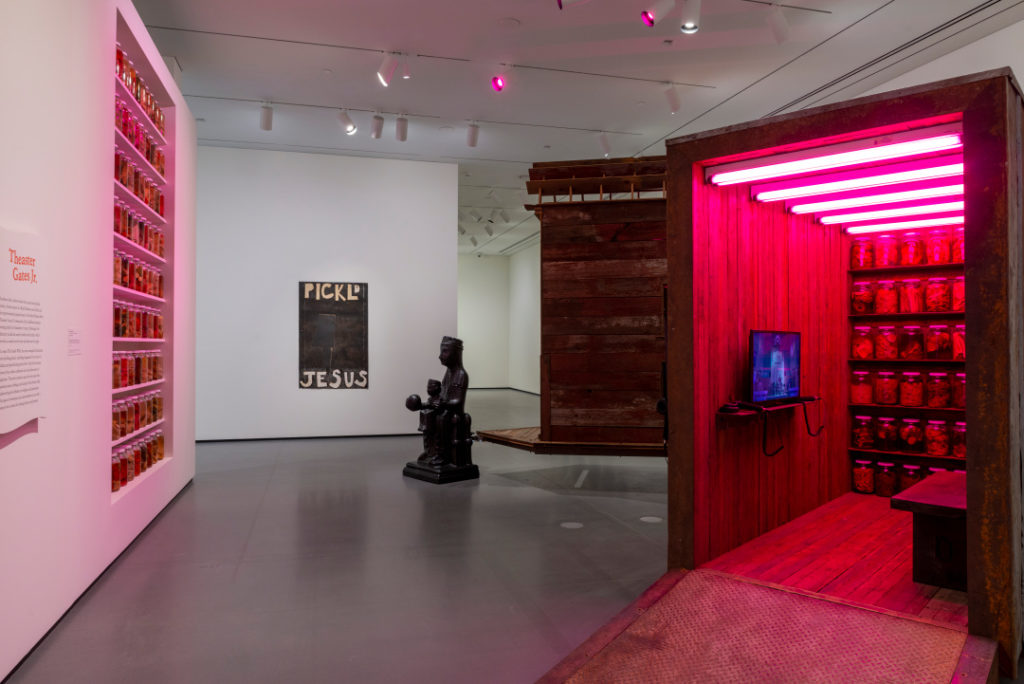
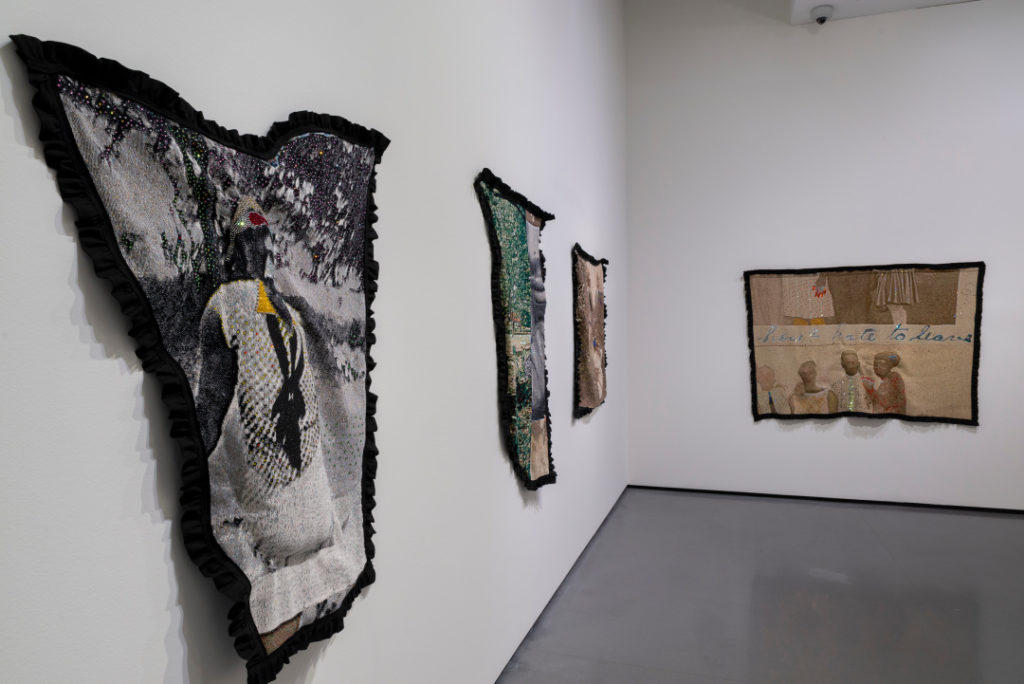

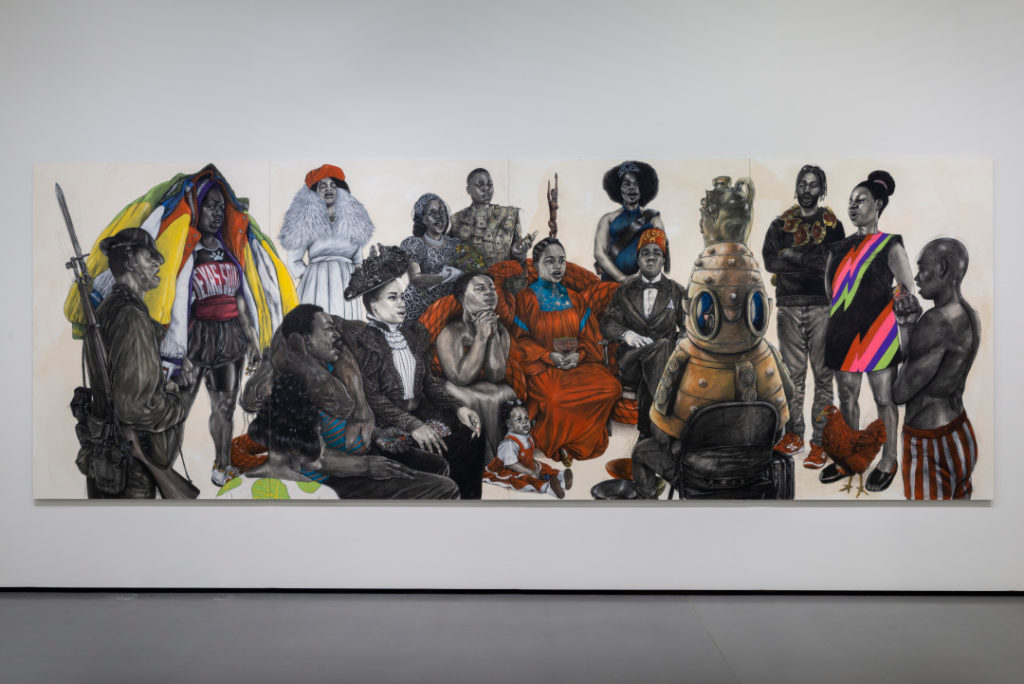
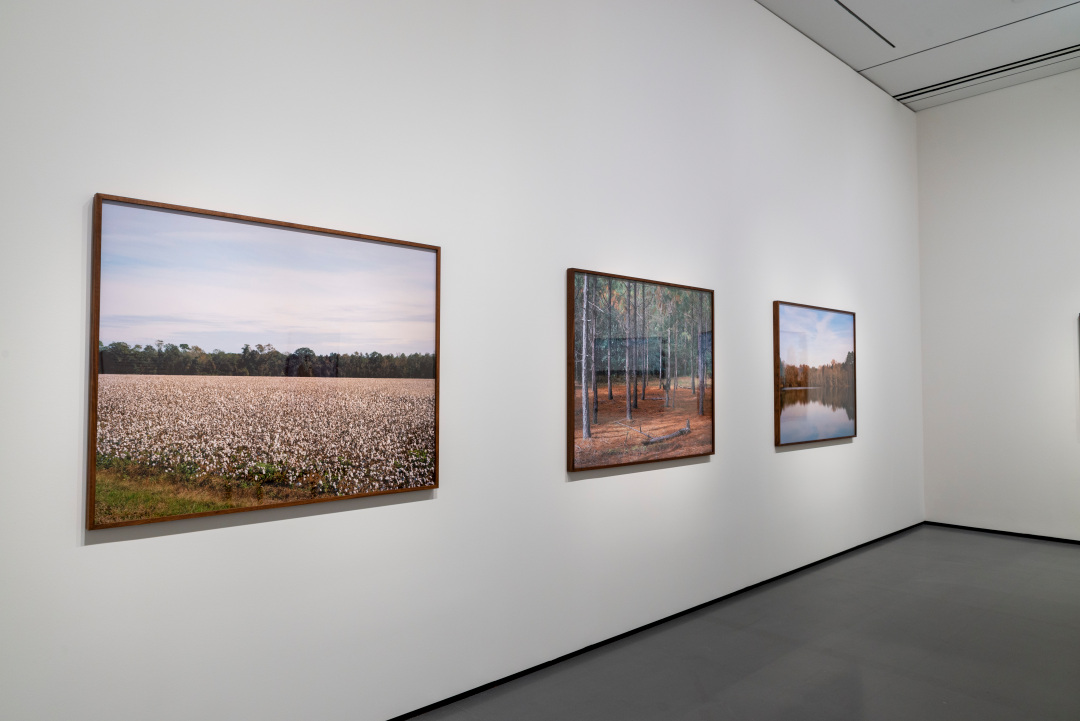
The Great Migration is commonly associated with accounts of leaving one place because of dire straits and finding sanctuary in another. Black people have historically had to seek refuge in this country since being brought here in chains. Refuge and resilience are twinned destinations on which we hang our hopes and dreams. A Movement in Every Direction: Legacies of the Great Migration interrogates this focus on instances of migration spurred by the most turbulent forces, from racial oppression to economic precarity.
We hope that the complex and inspiring works of art featured in the exhibition cultivate a broad set of experiences for you. We hope that the histories exhumed in this exhibition, though personal and specific to the artists, compel us all to take in the power and legacies of our connections to spaces and places near and far. This reflection offers a forum to honor the paths of our ancestors, the decisions and the sacrifices they made, and the hopes and dreams that they pursued, along with the brighter tomorrows that they imagined for themselves and their loved ones. For without their immense faith, the futures that we have enjoyed would not have been possible.
This exhibition is supported by a grant from the Ford Foundation. Generous support is provided by the Henry Luce Foundation, Teiger Foundation, The Andy Warhol Foundation for the Visual Arts, Bloomberg Philanthropies, the National Endowment for the Humanities, and the National Endowment for the Arts.
Additional support is provided by the Alvin and Fanny B. Thalheimer Exhibition Endowment Fund, the Suzanne F. Cohen Exhibition Fund, the Robert Lehman Foundation, Inc., and John Meyerhoff and Lenel Srochi-Meyerhoff.
Any views, findings, conclusions, or recommendations expressed in this project do not necessarily represent those of the National Endowment for the Humanities.


